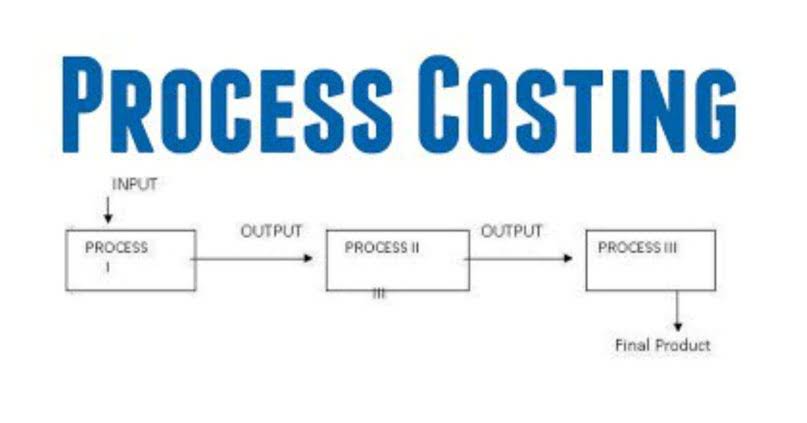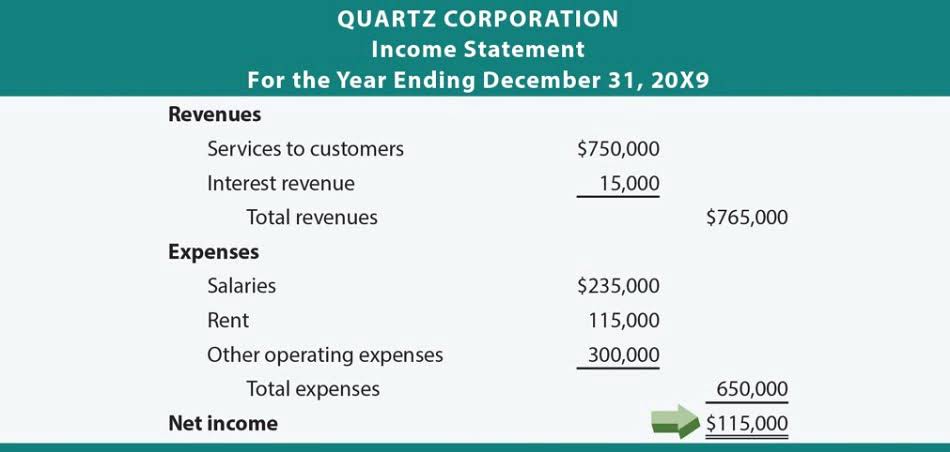
The notion that a patient gains no QALYs even when an intervention increases life expectancy/survival would be at the very least counterintuitive for many. For example – adding a new business, buying new inputs, processing products, etc. Change in output due to change in process, product Certified Bookkeeper or investment is considered as incremental change. The incremental cost is the product of incremental fuel rate and fuel cost (Rs / Btu) the curve is shown in Fig. In general, the fuel cost Fi for a plant, is approximated as a quadratic function of the generated output PGi. Short-term and long-term opportunities may need to be evaluated differently.
Step 3: Determine the Expected Return for Each Option
Each smartphone costs you $100 to produce, and your selling price each smartphone is $300. It simply divides the change in costs by the change in quantity produced to determine the incremental cost. adjusting entries When making short-term decisions or selecting between two possibilities, such as whether to accept a special order, incremental costs are important. If a lower price is set for special order, it is vital that the income generated by the special order at least covers the incremental costs. When it comes to calculating incremental cost in Excel, the first step is to gather the relevant cost data that will be used in the calculation. Once the data is collected, it can then be inputted into an Excel spreadsheet for analysis.
How do you calculate a 25% increase? ›

Incremental cost, often referred to as “marginal cost,” represents the change in total cost resulting from producing one additional unit of a product or service. It’s the cost incurred beyond the status quo—a shift from the familiar to the slightly altered. In each of these scenarios, incremental costing provides a structured approach to decision-making. By considering both costs and benefits, organizations can make informed choices that align with their objectives. Remember, the devil is in the incremental cost details, and incremental analysis helps uncover those hidden insights. Incremental cost of capital is a capital budgeting term that refers to the average cost a company incurs to issue one additional unit of debt or equity.
What is Incremental Cost of Capital?

These changes have led to increases in life expectancy and changes in the dominant pattern of morbidity, with the focus shifting from highly-lethal acute diseases to disabling chronic conditions. New “psycho-social” models have been introduced in which consideration is also given to the need to individuals’ “Quality of Life” 4. It simply computes the incremental cost by dividing the change in costs by the change in quantity produced. By analyzing these incremental costs, the firm can allocate its resources effectively and maximize returns.

Assess the trend over time:
- By understanding the incremental cost and considering various factors, organizations can optimize their resource allocation, streamline their operations, and make informed choices that drive profitability.
- You will need developers, UX/UI designers, product architects, quality analysts, testers, and other members for the development cycle.
- When the two are compared, it is evident that the incremental revenue exceeds the incremental cost.
- The cost of building a factory and set-up costs for the plant are regarded as sunk costs and are not included in the incremental cost calculation.
Understanding a company’s incremental costs is important for decisions like setting pricing, production levels, make vs. buy, adding product features, and more. Long-run incremental cost (LRIC) is a cost concept that forecasts expected changes in relevant costs over time. It covers important and significant costs that have a long-term impact on manufacturing costs and product pricing.
